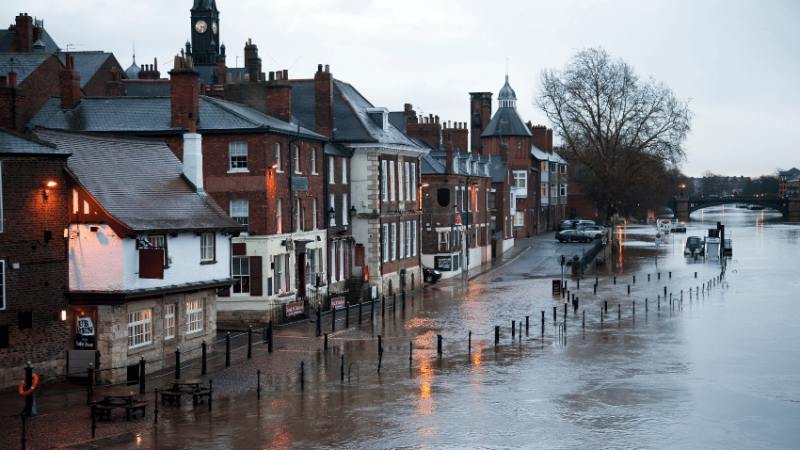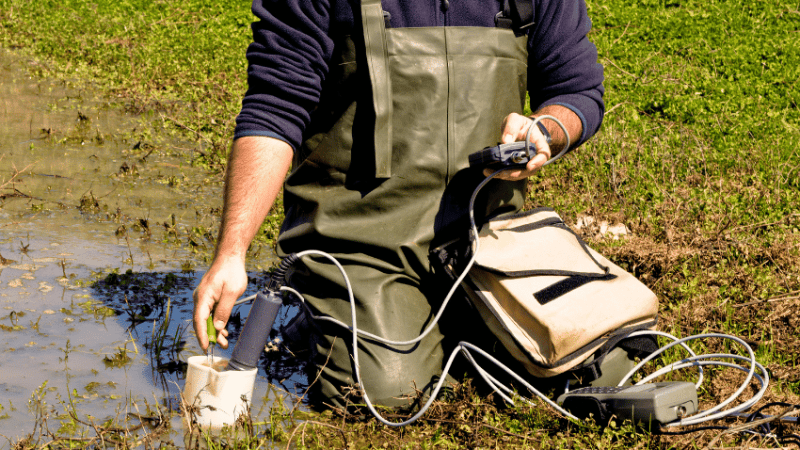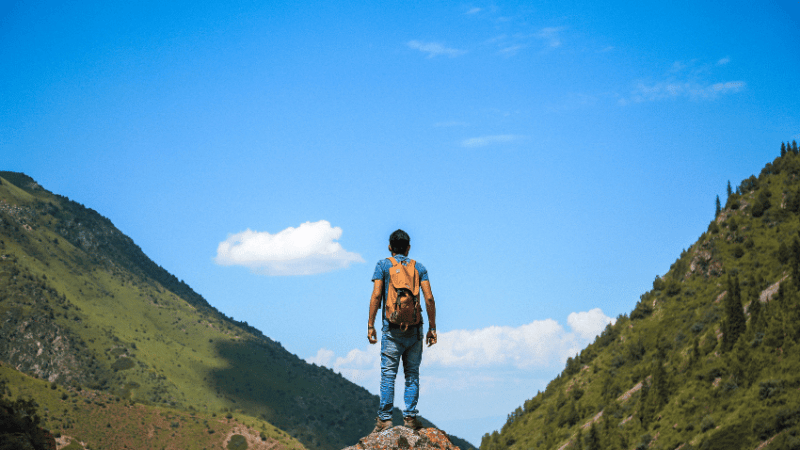“My advice to geography students is travel, follow your passions and look around”
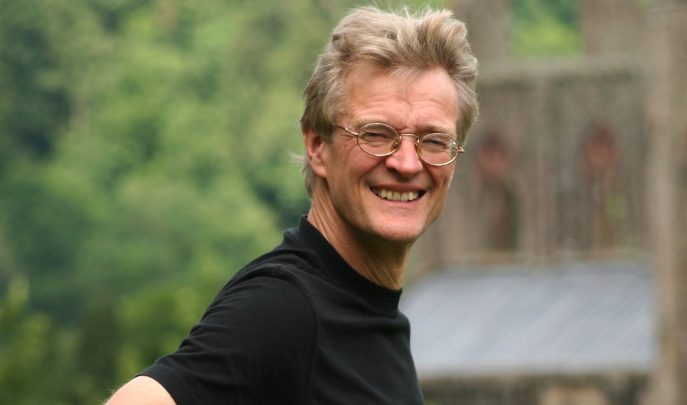
Coast and Town presenter Nicholas Crane knows a thing or two about our home island – thanks to a passion for geography that started at school

- by Teachwire
- Classroom expertise and free resources for teachers
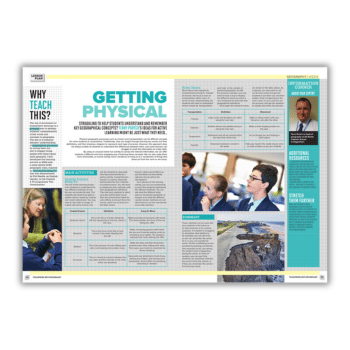
My earliest memories of becoming fascinated with geography and geology are when I was about 13 or 14 and at Wymondham College in Norfolk. I had a wonderful geography teacher called Mr Noble; I can see him drawing sand dune shapes on the chalkboard right now, he made such a vivid impression on me.
I had grown up in a house with no TV, which was a good thing, but lots of books and maps, and I was very used to exploring the countryside around Norfolk, where I grew up. Once Mr Noble started to explain the shapes on landscapes the world opened up for me all of a sudden – it was like a light switching on. Norfolk is rimmed with sandy beaches and sand dunes, so when he started talking about the shapes of sand dunes in the Sahara, I knew what he was talking about, because I had seen the phenomenon with my own eyes.
By the time I was doing A-Levels I was inspired by people like Peter Hall of Towns and Cities, and Jay Steers, who wrote textbooks such as Coastal Change, which again, touched on the Norfolk area.
Back in those days, success in exams very much rested on the communication skills of the teachers, and I was just lucky at the state school I was at to have very good geography teachers who brought the subject to life.
Norfolk was a good place to study geography – it’s near to ice sheets, so we have a terminal moraine, which is pretty unusual – it’s a ridge of hills pushed up by the glaciers that is still there today.
And sea level change in Norfolk has been very profound over the last few years – you can see how much the coast has changed in the recent past. The county is full of geographical evidence if you are interested and you know where to look.
Books, bikes and beginning to explore
Books are my big thing – I love them, and they, too, formed a large part of my education.
Every Saturday morning I’d go to the library in Norwich and that was a real joy for me. I’d spend hours at weekends just picking books off the shelves and sitting on the floor, reading and reading, one after another, and learning all the time.
At the end of the morning I’d leave with the maximum number of books you were permitted to borrow, then return them the next weekend. So that was a massive passion.
In terms of the more-mobile things, I was pretty active. I loved bike-riding, walking and mountaineering – not in Norfolk, but in Northwest Scotland, particularly in the winter, plus the Lake District and Wales were always great places to explore.
My advice to a geography student today would be to travel, to follow your passions and to look around you. And you don’t need to have lots of money – it isn’t necessary to travel halfway around the globe – by ‘travel’ I mean pull on your walking boots and get on your bike.
Look around your neighbourhood – geography happens 50 metres outside your front door, and it’s fascinating to learn about it and see how it’s affecting the lives of communities and how things can be changed for the better. Every single world issue at the moment has a geographical root to it, so we do need a new generation of knowledgeable, expert and practising geographers – and secondary school is where it all starts.
The Making of the British Landscape: From the Ice Age to the Present, by Nicholas Crane, is available via Orion Books, RRP £20. Find a virtual story-map to accompany the book at esriuk.com/nicholascrane. For more information about the Royal Geographical Society, visit rgs.org.
Main image credit: Peter Eason





